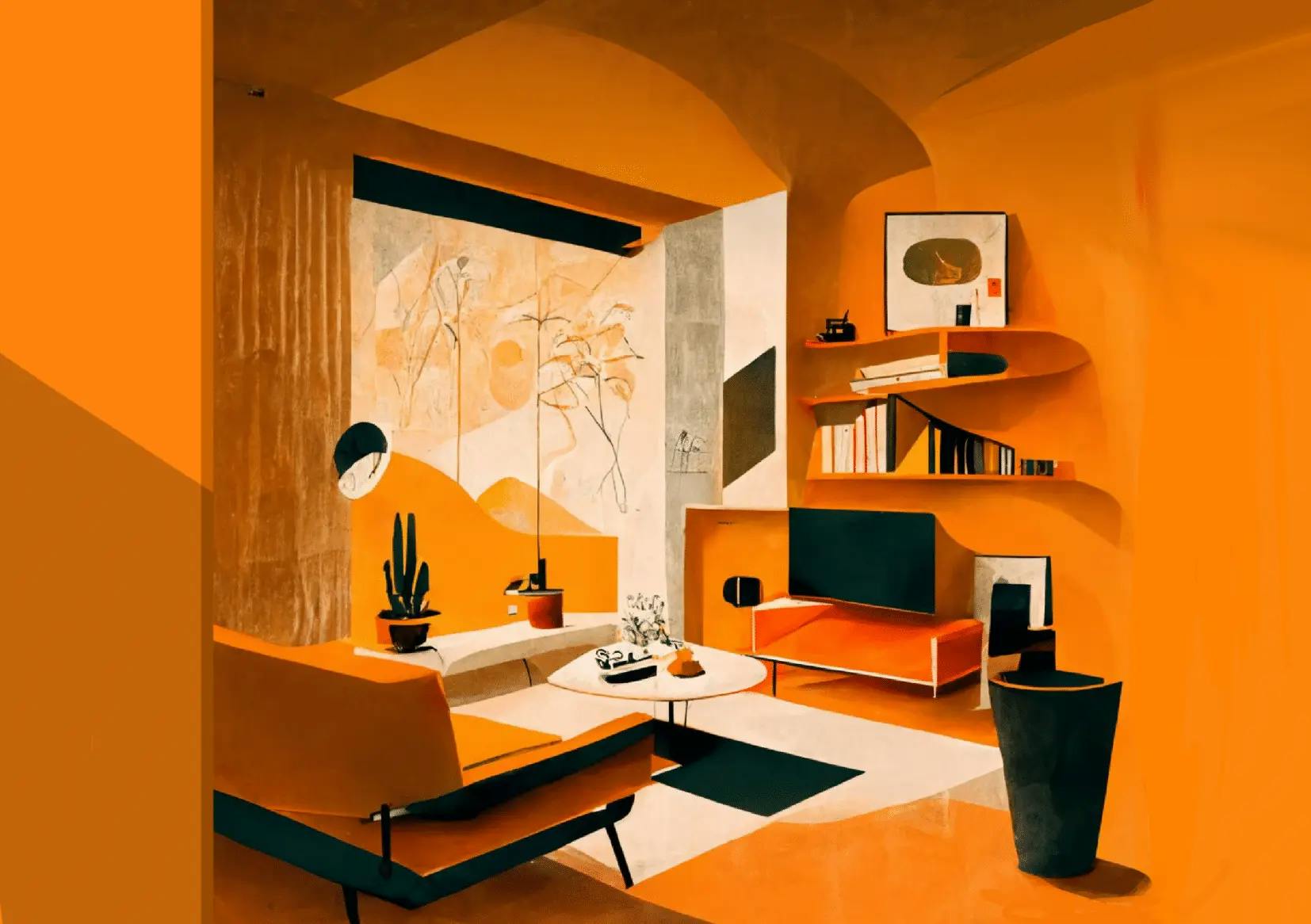Interior design, as an art form and an essential facet of human habitation, has undergone a fascinating evolution, mirroring the shifts in societal values, technological advancements, and artistic movements. From the utilitarian interiors of ancient civilizations to the avant- garde spaces of the contemporary era, this journey through time and style encapsulates the essence of human progress and creativity.
In the earliest human dwellings, practicality dictated design. Functionality took precedence over aesthetics, with spaces designed to meet the basic needs of shelter and sustenance. As civilizations flourished, so did the sophistication of interior spaces. The Renaissance, a period marked by a revival of arts and learning, ushered in a new era where interiors became canvases for artistic expression. Elaborate tapestries, frescoes, and meticulously crafted furniture adorned living spaces, reflecting a newfound appreciation for beauty and culture.
The Victorian era, characterized by its opulence and ornamentation, represented a departure from the restraint of the preceding centuries. Interiors were extravagantly adorned with intricate detailing, rich fabrics, and embellishments, showcasing a society reveling in its industrial and economic prosperity. However, the early to mid-20th century witnessed a radical shift with the advent of the modern movement. Designers embraced minimalism, functionality, and a rejection of excess. Spaces became streamlined, emphasizing clean lines and open layouts.
Contemporary interior design stands at the crossroads of history, drawing inspiration from various periods. Eclecticism reigns as designers weave elements from different eras into a cohesive narrative. Mid-century modern furniture finds its place alongside antique artifacts, creating spaces that are not bound by rigid historical categorizations. The evolution of interiors continues to be a dynamic interplay of history, culture, and the ever-evolving human experience, shaping environments that are both functional and aesthetically compelling.
